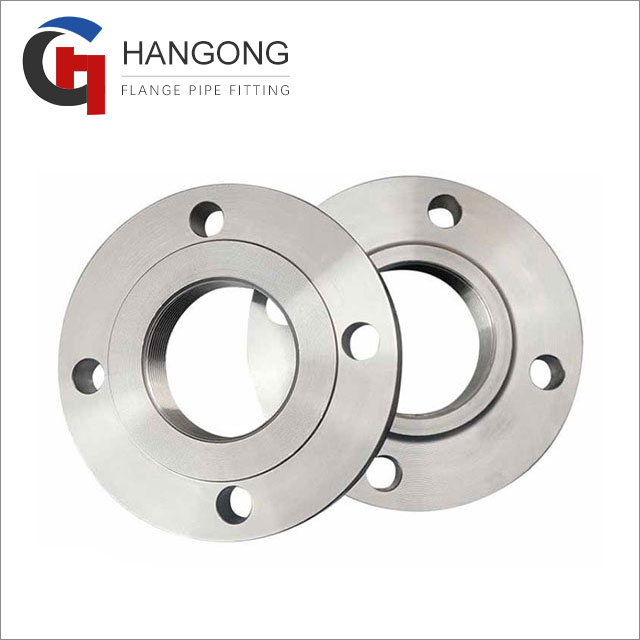Exploring the Limits: Can Threaded Flanges Withstand High-Pressure and High-Temperature Environments?
2024-01-06
Introduction:
Threaded flanges, known for their ease of installation and versatility, have become commonplace in various piping applications. However, when it comes to high-pressure and high-temperature environments, engineers and designers often face the critical question of whether threaded flanges are a suitable choice. In this blog post, we'll delve into the factors influencing the use of threaded flanges in such demanding conditions, assessing their capabilities and limitations.
The Nature of Threaded Flanges:
1. Threading Process:
- Threaded flanges achieve their connections through threading, with internal threads on the flange engaging with the external threads of pipes or fittings.
- The threading process can result in a robust connection, but certain limitations arise in extreme conditions.
2. Metal-to-Metal Contact:
- The threading mechanism creates direct metal-to-metal contact between the flange and the pipe.
- While this can contribute to a reliable seal, the question arises whether this design can withstand the extreme pressures and temperatures found in certain applications.
Can Threaded Flanges Be Used in High-Pressure Applications?
Advantages:
1. Simplicity of Installation:
- Threaded flanges offer simplicity in installation, eliminating the need for complex welding procedures.
- This simplicity can be advantageous in scenarios where quick assembly is essential.
Limitations:
1. Threaded Connection Strength:
- Threaded connections may not provide the same level of strength as weld neck flanges in high-pressure applications.
- The potential for thread deformation or failure under extreme pressure may limit their use.
2. Potential for Galling:
- Galling, a form of wear caused by friction between threaded surfaces, is a concern in high-pressure applications.
- The risk of galling could compromise the integrity of the threads and the overall connection.
3. Thread Loosening:
- High-pressure environments may induce vibrations and stress on threaded connections.
- There is a possibility of threaded connections gradually loosening over time, potentially leading to leaks.
Can Threaded Flanges Be Used in High-Temperature Applications?
Advantages:
1. Ease of Maintenance:
- Threaded flanges facilitate easy disassembly and reassembly, beneficial for maintenance tasks in high-temperature environments.
Limitations:
1. Heat-Induced Expansion and Contraction:
- Threaded connections may be more prone to heat-induced expansion and contraction compared to weld neck flanges.
- In high-temperature applications, this thermal cycling could affect the tightness of the threaded connection.
2. Material Limitations:
- The material used for threaded flanges may have temperature limitations.
- Certain materials may lose their mechanical properties or undergo deformation at high temperatures, impacting the reliability of the connection.
3. Potential for Creep:
- Prolonged exposure to high temperatures may induce creep, a phenomenon where materials deform over time.
- The potential for creep could compromise the integrity of the threaded connection in high-temperature environments.
Conclusion:
While threaded flanges offer advantages in terms of ease of installation and maintenance, their suitability for high-pressure and high-temperature applications is limited. The threaded connection mechanism may face challenges in providing the robustness and stability required under extreme conditions. Weld neck flanges, with their welding connection and enhanced strength, are often preferred in applications where pressure and temperature levels are elevated.
Engineers and designers must carefully evaluate the specific requirements of their piping systems and weigh the advantages of threaded flanges against their limitations. In critical environments, where safety and reliability are paramount, alternative flange types designed for high-pressure and high-temperature conditions may be more appropriate. Understanding the capabilities and constraints of threaded flanges empowers professionals to make informed decisions, ensuring the integrity and longevity of piping systems across diverse industries.



